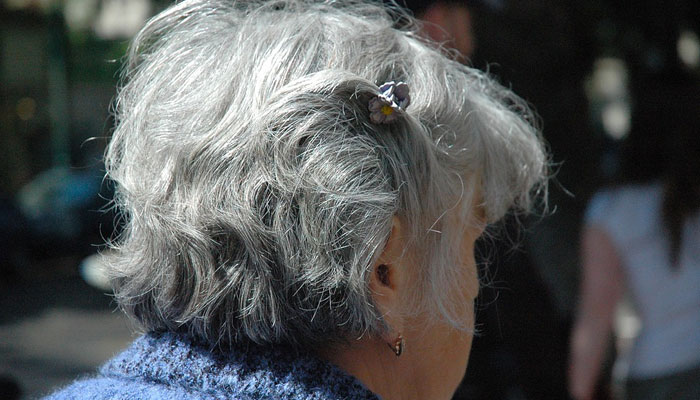Scientists identify reason behind grey hair
Our study adds to the basic understanding of how melanocyte stem cells work to colour hair, says the author
April 21, 2023

Scientists in the US revealed that pigment-making cells which could not mature may be the cause of grey hair as people age.
This study could allow experts to develop treatments for reversing the process of grey hair.
A team of scientists from New York University (NYU) Grossman School of Medicine observed the process in mice because it has melanocytes cells which are also found in humans.
The British Association of Dermatologists (BAD) said: "Work on melanocytes might also help our understanding and treatment of certain cancers and other medical conditions too."
The experts suggested that if their findings hold true for humans they could open up a potential way to reverse or prevent grey hair.
The lead investigator of the study, Qi Sun, said: "The newfound mechanisms raise the possibility that the same fixed-positioning of melanocyte stem cells may exist in humans."
"If so, it presents a potential pathway for reversing or preventing the greying of human hair by helping jammed cells to move again between developing hair follicle compartments", said Qi Sun who is also a postdoctoral fellow at NYU Langone Health.
New hair stems from follicles found in the skin. It is the place where pigment-producing melanocytes (McSCs) also reside. McSCs are always in the process of growing and decaying.
The hair colour is also controlled by continually multiplying pools of (McSCs) within hair follicles.
Researchers revealed that when normal hair grows cells continually pivot between compartments of the developing hair follicle. Inside these compartments, MsSCs receive signals that influence maturity.
They also found out that "McSCs transform between their most primitive stem cell state and the next stage of their maturation depending on their location."
The finding suggests that as hair ages, sheds, and then repeatedly grows back, increasing numbers of McSCs get stuck in the stem cell compartment called the hair follicle bulge, where they remain.
A senior investigator on the study, Mayumi Ito, said: "It is the loss of chameleon-like function in melanocyte stem cells that may be responsible for greying and loss of hair colour."
Dr Sun told the journal Nartue: "Our study adds to our basic understanding of how melanocyte stem cells work to colour hair."
"The newfound mechanisms raise the possibility that the same fixed-positioning of melanocyte stem cells may exist in humans. If so, it presents a potential pathway for reversing or preventing the greying", he added.









